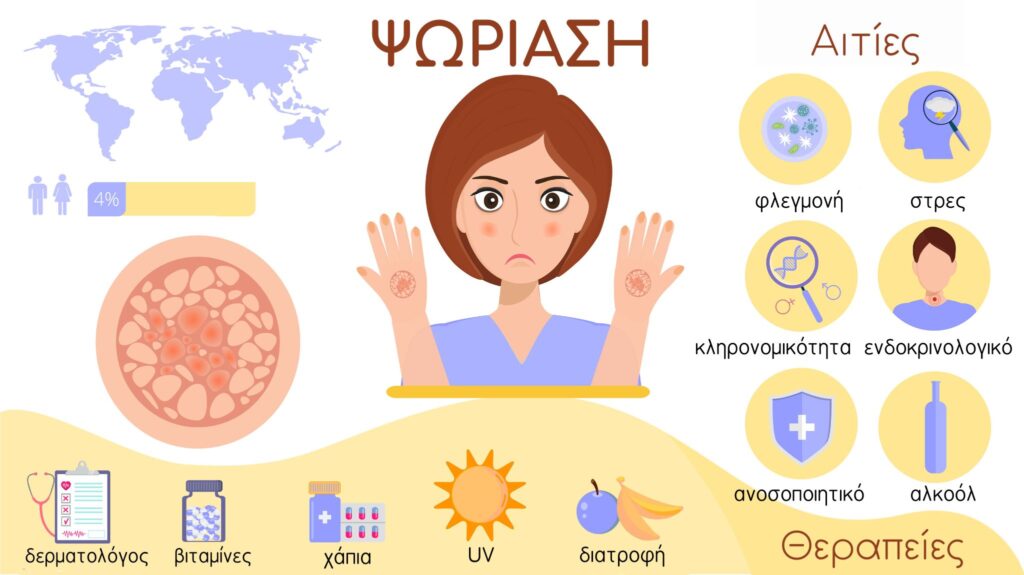Seborrheic hyperkeratosis
Seborrheic hyperkeratoses are benign skin lesions.
Their clinical picture resembles that of a protruding nevus, it can have a round, oval or irregular shape, a rough surface and a color that can vary from light brown to black. Their diameter usually ranges from a few millimeters to a centimeter and often more than one sebaceous hyperkeratosis coexists in the same place.
Seborrheic hyperkeratosis can appear on various parts of the body, but most often appear on the back, neck, cervix and face.
It is a skin lesion that occurs mainly in adults over 50 years of age and is due to the proliferation of cells on the surface of the skin, however their cause is not known. It has, however, been found to be possibly related to some HPV viruses, long exposure to the sun as well as heredity.
Seborrheic hyperkeratosis usually has no symptoms, but it can occasionally itch, become irritated or bleed if it's in an area where it's been injured by clothing or jewelry.
The diagnosis
With the clinical examination, the dermatologist will establish the diagnosis. In the event that the lesion has certain characteristics that cause doubt, the doctor may perform a biopsy. A very rare case associated with the sudden onset of multiple seborrheic hyperkeratosis and internal organ cancer is Leser–Trelat syndrome.
The treatment
The removal of sebaceous hyperkeratosis is not medically necessary, but in most cases it is the patient's desire for aesthetic reasons. The most common method of removal is with the use of a laser, a procedure that is carried out in the dermatologist's office with or without local anesthesia and which does not leave marks and scars on the skin. The laser only destroys the lesion, leaving the surrounding healthy skin intact. If the lesion is at an early stage, the dermatologist may choose cryotherapy (liquid nitrogen) removal, which is done in the doctor's office and also leaves no marks or scars.



